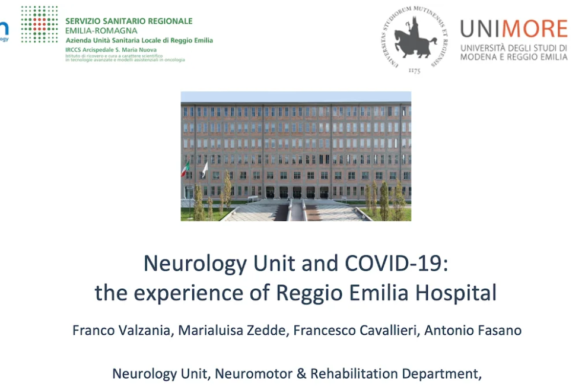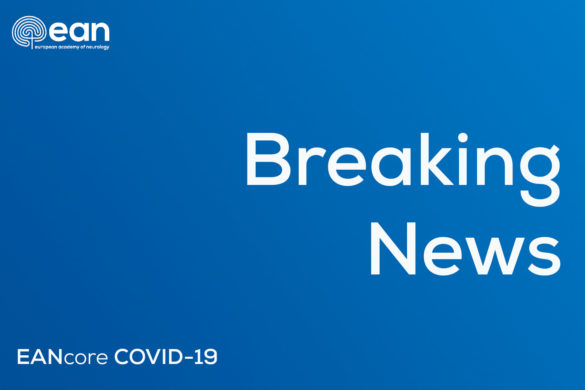Case series/case reports (Indigo)
There are limited data on severe acute respiratory syndrome coronavirus 2 (SARS-CoV-2) vaccine reactogenicity in persons with multiple sclerosis (PwMS) and how reactogenicity is affected by disease-modifying therapies (DMTs). The objective of this retrospective cross-sectional study was to generate real-world multiple sclerosis–specific vaccine safety information, particularly in the context of specific DMTs, and provide information to mitigate specific concerns in vaccine hesitant PwMS. Between 3/2021 and 6/2021, participants in iConquerMS, an online people-powered research network, reported SARS-CoV-2 vaccines, experiences of local (itch, pain, redness, swelling, or warmth at injection site) and systemic (fever, chills, fatigue, headache, joint pain, malaise, muscle ache, nausea, allergic, and other) reactions within 24 hours (none, mild, moderate, and severe), DMT use, and other attributes. Multivariable models characterized associations between clinical factors and reactogenicity.
In 719 PwMS, 64% reported experiencing a reaction after their first vaccination shot, and 17% reported a severe reaction. The most common reactions were pain at injection site (54%), fatigue (34%), headache (28%), and malaise (21%). Younger age, being female, prior SARS-CoV-2 infection, and receiving the ChAdOx1 nCoV-19 (Oxford-AstraZeneca) vs BNT162b2 (Pfizer-BioNTech) vaccine were associated with experiencing a reaction after the first vaccine dose. Similar relationships were observed for a severe reaction, including higher odds of reactions among PwMS with more physical impairment and lower odds of reactions for PwMS on an alpha4-integrin blocker or sphingosine-1-phosphate receptor modulator. In 442 PwMS who received their second vaccination shot, 74% reported experiencing a reaction, whereas 22% reported a severe reaction. Reaction profiles after the second shot were similar to those reported after the first shot. Younger PwMS and those who received the mRNA-1273 (Moderna) vs BNT162b2 vaccine reported higher reactogenicity after the second shot, whereas those on a sphingosine-1-phosphate receptor modulator or fumarate were significantly less likely to report a reaction. SARS-CoV-2 vaccine reactogenicity profiles and the associated factors in this convenience sample of PwMS appear similar to those reported in the general population. PwMS on specific DMTs were less likely to report vaccine reactions. Overall, the short-term vaccine reactions experienced in the study population were mostly self-limiting, including pain at the injection site, fatigue, headache, and fever.
Briggs FBS, Mateen FJ, Schmidt H, Currie KM, Siefers HM, Crouthamel S, Bebo BF, Fiol J, Racke MK, O’Connor KC, Kolaczkowski LG, Klein P, Loud S, McBurney RN. COVID-19 Vaccination Reactogenicity in Persons With Multiple Sclerosis. Neurol Neuroimmunol Neuroinflamm. 2021 Nov 9;9(1):e1104. doi: 10.1212/NXI.0000000000001104.












